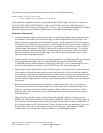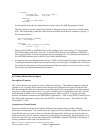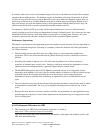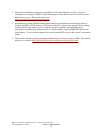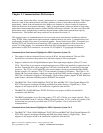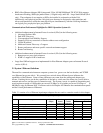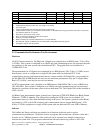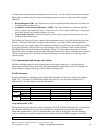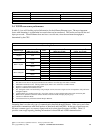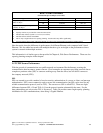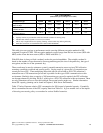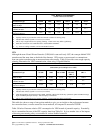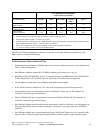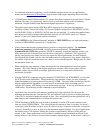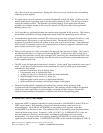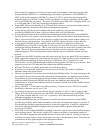
75.010.43 Sessions
70.010.52 Sessions
42.010.81 Session
15 Disk Units ASP on 2757 IOA1 Disk Unit ASP on 2757 IOAFTP
Performance in MB per secondVirtual Ethernet
5.4 TCP/IP non-secure performance
In table 5.4 you will find the payload information for the different Ethernet types. The most important
factor with streaming is to determine how much data can be transferred. The results are listed in bits and
bytes per second. Virtual Ethernet does not have a raw bit rate, since the maximum throughput is
determined by the CPU.
Notes:
1. The Raw bit rate value is the physical media bit rate and does not reflect physical media overheads
2. Maximum Transmission Unit. The large (8992 bytes) MTU is also referred to as Jumbo Frames.
3. Simplex is a single direction TCP data stream.
4. Duplex is a bidirectional TCP data stream.
5. The 10 Gigabit results were obtained by using multiple sessions, because a single sessions is incapable to fully utilize the
10 Gigabit adapter.
6. Virtual Ethernet uses Jumbo Frames only, since large packets are supported throughout the whole connection path.
7. HEA P.P.U.T (Partition to Partition Unicast Traffic or internal switch) 16 Gbps per port group.
8. 4 Processor 7998-61X Blade
9. All measurements are performed with Full Duplex Ethernet.
11972.38553.08,992n/aVirtual
6
1014.4933.11,492n/aBlade
8
10602.39813.78,992
6332.32823.51,492
160,00
7
9276.99392.38,992
3305.22913.11,492
10,000
HEA 10 Gigabit
10586.49800.78,992
6331.02811.81,492
160,00
7
1960.9941.18,992
1481.4986.41,492
1,000
HEA 1 Gigabit
9297.08789.68,992
4400.73745.41,492
10,00010 Gigabit
5
1753.1935.98,992
1740.3935.41,492
1,0001 Gigabit
170.093.51,492100100 Megabit
Payload Duplex
4
(Mbits per second)
Payload Simplex
3
(Mbits per second)
MTU
2
Raw bit rate
1
(Mbits per second)
Ethernet Type
Streaming Performance
Table 5.4
Streaming data is not the only type of communication handled through Ethernet. Often server and client
applications communicate with small packets of data back and forth (RR). In the case of web browsers,
the most common type is to connect, request and receive data, then disconnect (ACRR). Table 5.5
provides some rough capacity planning information for these RR and ACRR communications.
Table 5.5
IBM i 6.1 Performance Capabilities Reference - January/April/October 2008
© Copyright IBM Corp. 2008 Chapter 5 - Communications Performance 68



